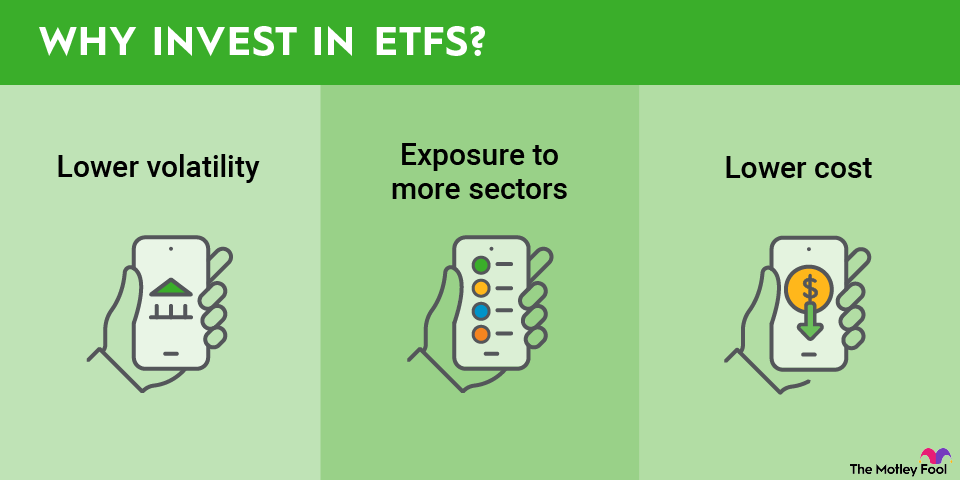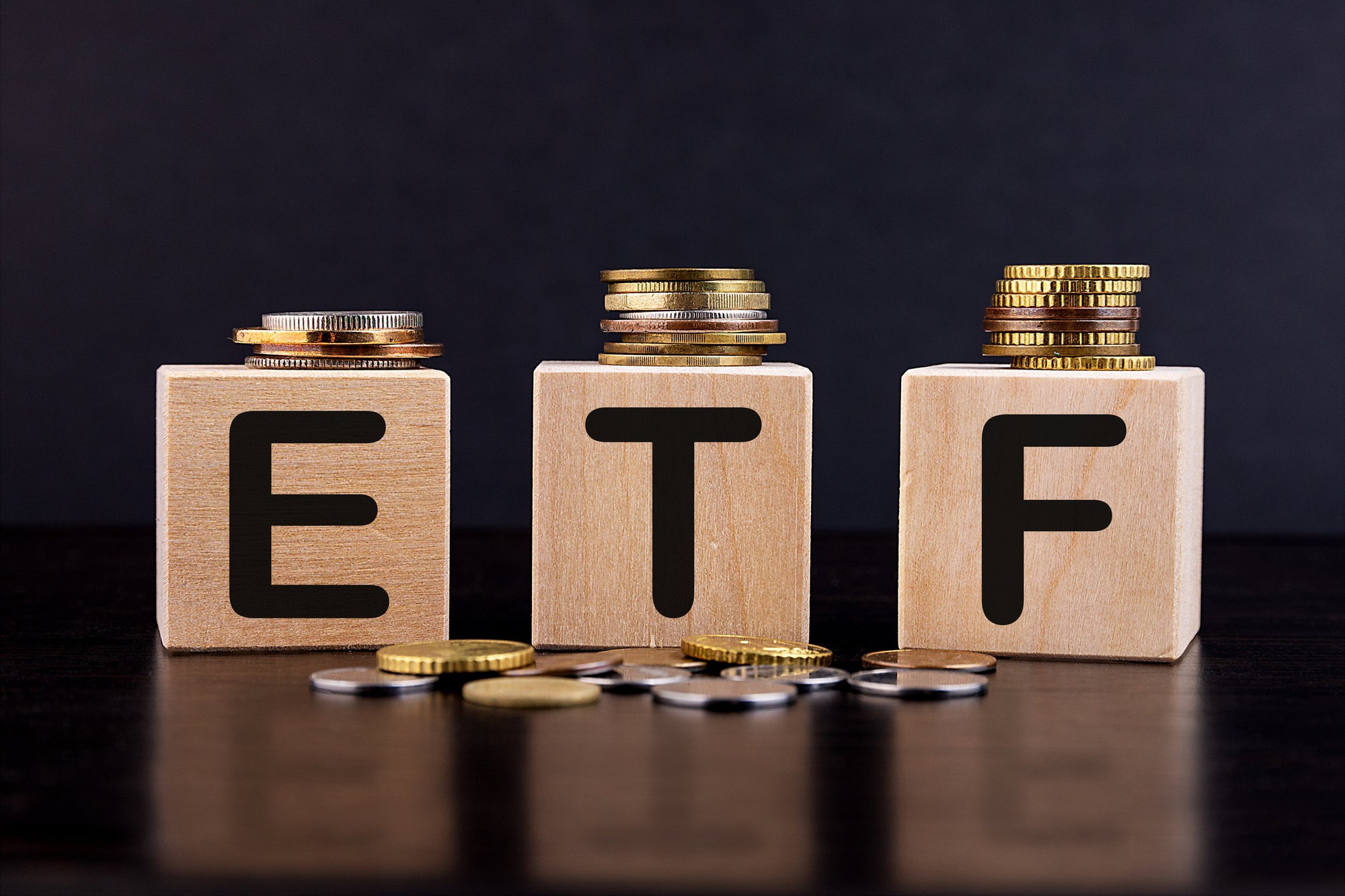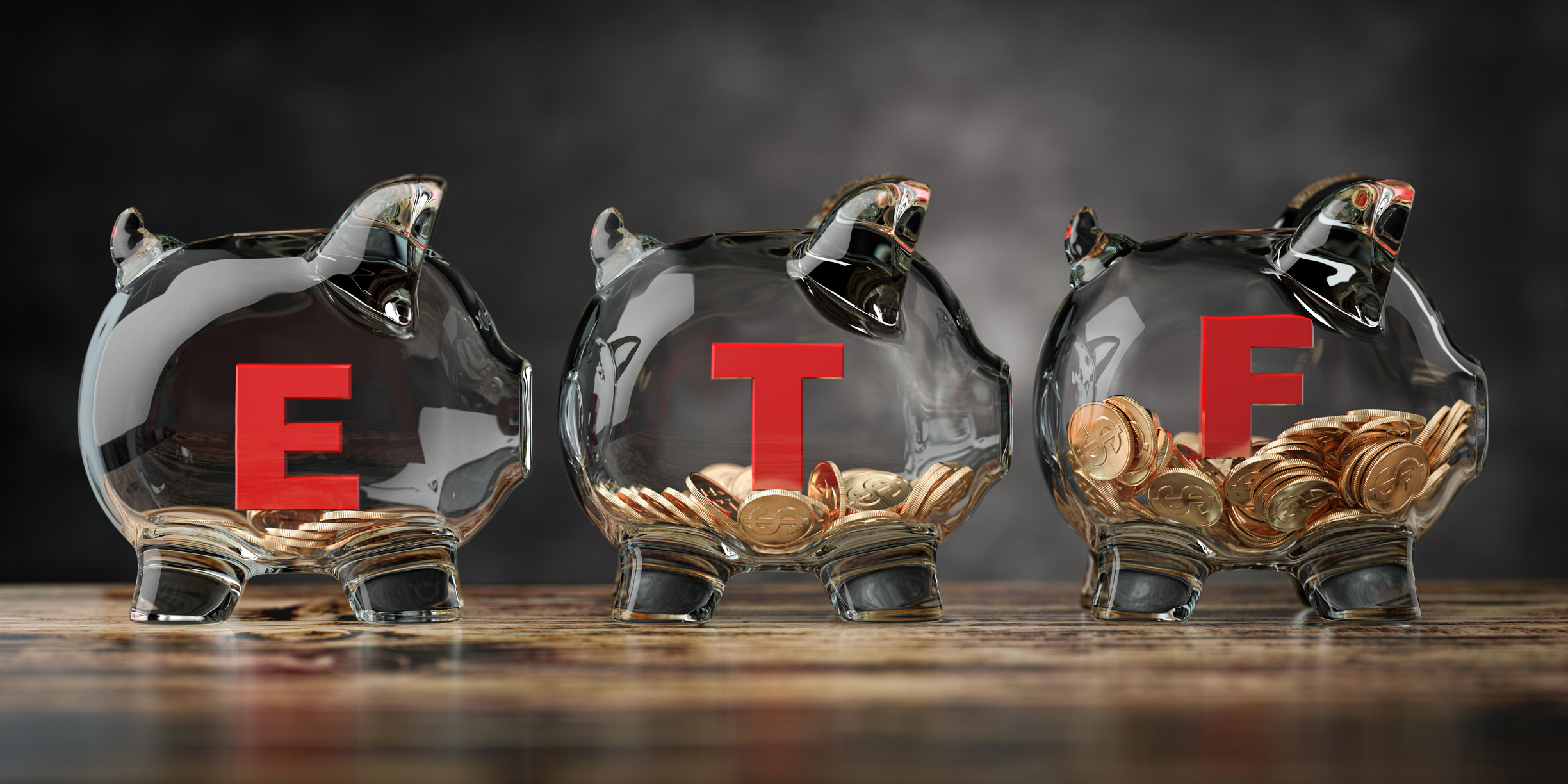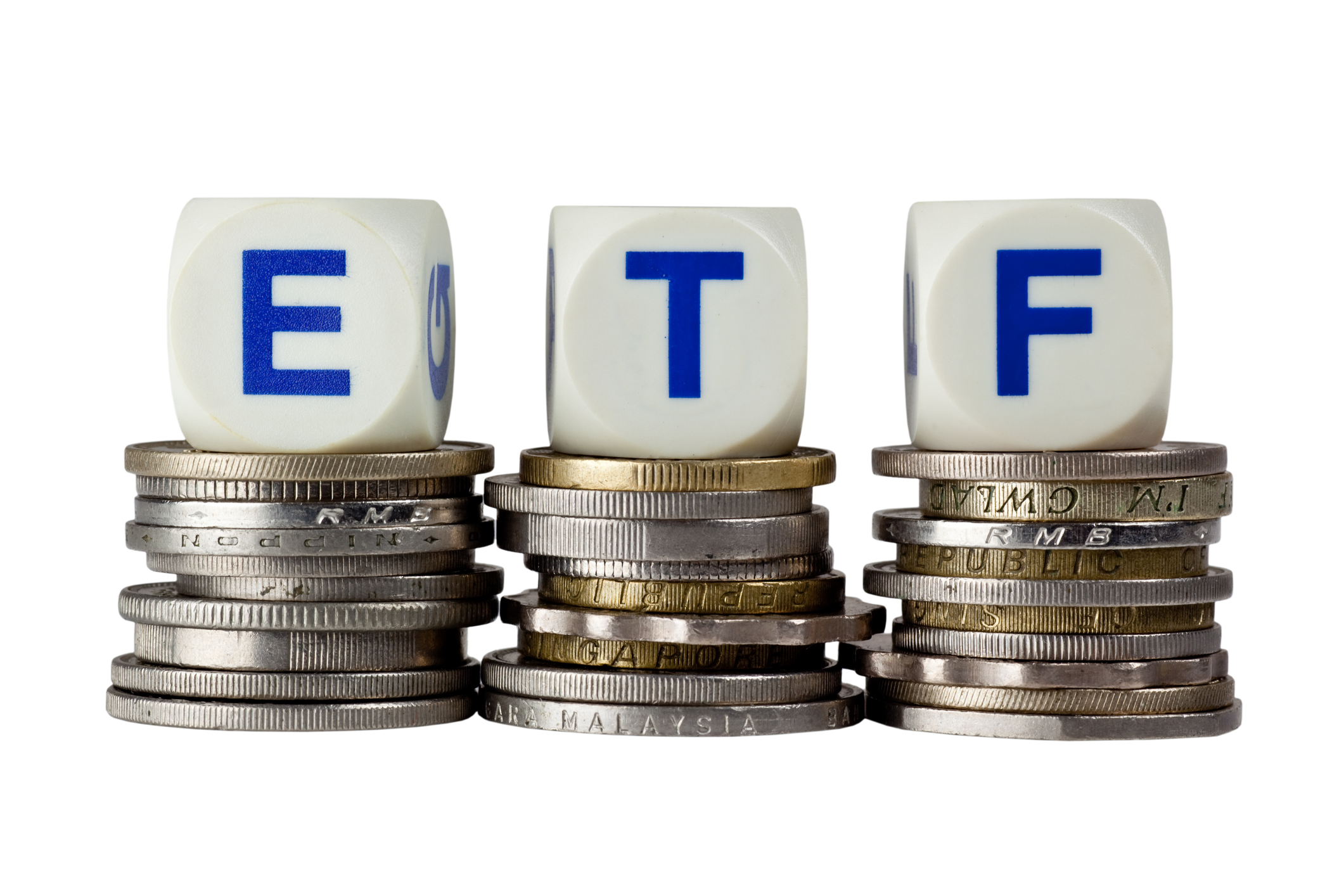
NYSEMKT: BIL
Key Data Points
This exchange-traded fund (ETF) provides exposure to T-bills with remaining maturities of between one and three months. It's an ideal cash management tool for investors since the fund lets them earn some interest income on their idle cash.
Exchange-Traded Fund (ETF)
This guide will teach you everything you need to know about the SPDR Bloomberg 1-3 Month T-Bill ETF and how to invest in ETFs for beginners.
What is the SPDR Bloomberg 1-3 Month T-Bill ETF?
The SPDR Bloomberg 1-3 Month T-Bill ETF provides investors with access to short-term U.S. Treasury bills. The passively managed fund aims to track the results of the Bloomberg 1-3 Month U.S. Treasury Bill Index.
Focusing on short-duration T-bills reduces an investor's exposure to fluctuations in interest rates compared to an ETF that invests in longer-duration securities, such as the iShares 20+ Year Treasury Bond ETF (NYSEMKT:TLT). The short-duration focus also makes it an ideal cash management tool.
The State Street (STT +0.37%)-managed ETF enables investors to target a specific segment of the Treasury market through a single fund -- in this case, T-bills that mature over the next one to three months. The fund allows investors to invest in T-bills through their brokerage account instead of having to create a separate account with the U.S. government at TreasuryDirect.gov.
How to buy SPDR Bloomberg 1-3 Month T-Bill ETF
Anyone can buy shares of the SPDR Bloomberg 1-3 Month T-Bill ETF. It trades on major stock exchanges, allowing you to purchase shares in your brokerage account. Here's a step-by-step guide to help you add the bond ETF to your portfolio.
- Open your brokerage app: Log in to your brokerage account where you handle your investments.
- Search for the stock: Enter the ticker or company name into the search bar to bring up the stock's trading page.
- Decide how many shares to buy: Consider your investment goals and how much of your portfolio you want to allocate to this stock.
- Select order type: Choose between a market order to buy at the current price or a limit order to specify the maximum price you're willing to pay.
- Submit your order: Confirm the details and submit your buy order.
- Review your purchase: Check your portfolio to ensure your order was filled as expected and adjust your investment strategy accordingly.
Holdings of the SPDR Bloomberg 1-3 Month T-Bill ETF
The SPDR Bloomberg 1-3 Month T-Bill ETF focuses on holding short-duration T-bills. As of mid-2025, the ETF had 24 holdings. The T-bills all matured within three months, with an average remaining term of one-and-a-half months. The ETF rebalances its holdings at the end of each month, replacing maturing T-bills with new ones with remaining maturities of one to three months.
Should I invest in SPDR Bloomberg 1-3 Month T-Bill ETF?
Investing can be very personal. You should invest in things that align with your risk tolerance and return objectives. With that in mind, here are some reasons you might consider investing in the SPDR Bloomberg 1-3 Month T-Bill ETF:
- You're seeking a low-risk, fixed-income investment.
- You want to invest in a sector ETF focused specifically on short-duration T-bills.
- You're looking for a cash management tool to hold idle cash and generate some interest income.
- You want a very liquid investment.
- You're seeking to generate income on a monthly basis.
Conversely, here are some reasons you might not want to invest in this particular bond ETF:
- You'd prefer to buy T-bills directly from the U.S. government.
- You're seeking a bond ETF or mutual fund with a broader focus on the U.S. Treasury market or global bond market.
- You're seeking a dividend ETF with a higher total return potential than this fund can deliver.
- You think the federal funds rate will fall in the coming months and want to invest in an ETF focused on longer-duration T-bills.
Does SPDR Bloomberg 1-3 Month T-Bill ETF pay a dividend?
The SPDR Bloomberg 1-3 Month T-Bill ETF pays a dividend. It distributes income to investors monthly. In mid-2025, the fund had a distribution yield of about 4.3%.
T-bills are non-interest-bearing debt instruments. The Treasury sells them at a discount. At maturity, the government redeems the T-bill at its face value. You calculate the percentage return of a T-bill by taking the difference between the discount and the bill's face value, which is the interest income the holder earns at maturity.
Monthly interest payments from the SPDR Bloomberg 1-3 Month T-Bill ETF rise and fall based on the federal funds rate. When that rate is higher, the ETF pays a higher monthly dividend:
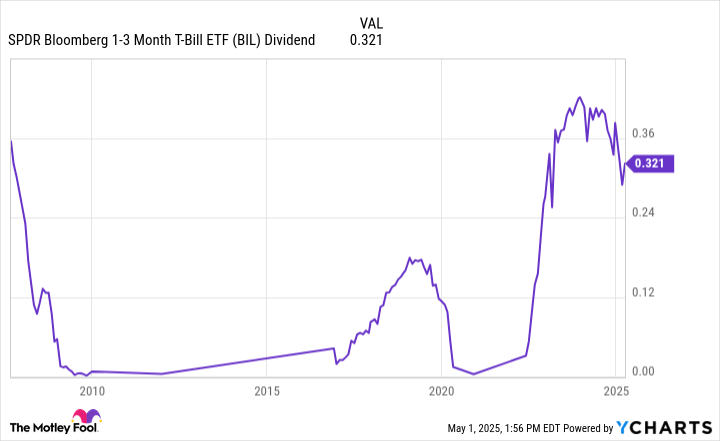
ETF Expense Ratio
At that rate, every $10,000 invested in the SPDR Bloomberg 1-3 Month T-Bill ETF would cost about $13.56 in management fees each year. That compares to $9 annually for a similar investment in a rival short-duration T-bill ETF like the iShares 0-3 Month Treasury Bond ETF. Given its higher expense ratio, investors would cede more of their income to the fund's manager.
Historical performance of the SPDR Bloomberg 1-3 Month T-Bill ETF
T-bills are highly susceptible to changes in the federal funds rate. When the rate is low (like it has been for most of the past decade), the income generated by T-bills is low. Conversely, a higher federal funds rate (which we've experienced in more recent years) increases the income generated by short-duration T-bills:
Fund | 1-Year | 3-Year | 5-Year | 10-Year |
|---|---|---|---|---|
SPDR
Bloomberg 1-3 Month T-Bill ETF | 4.90% | 4.17% | 2.46% | 1.71% |
Benchmark
(Bloomberg 1-3 Month U.S. Treasury Bill Index) | 5.03% | 4.33% | 2.60% | 1.86% |
As that table shows, the SPDR Bloomberg 1-3 Month T-Bill ETF does a solid job tracking its benchmark.
Related investing topics
The bottom line on the SPDR Bloomberg 1-3 Month T-Bill ETF
The SPDR Bloomberg 1-3 Month T-Bill ETF allows anyone to easily invest in T-bills through their brokerage account, making it a great cash management tool. It allows investors to generate some additional interest income on idle cash.


